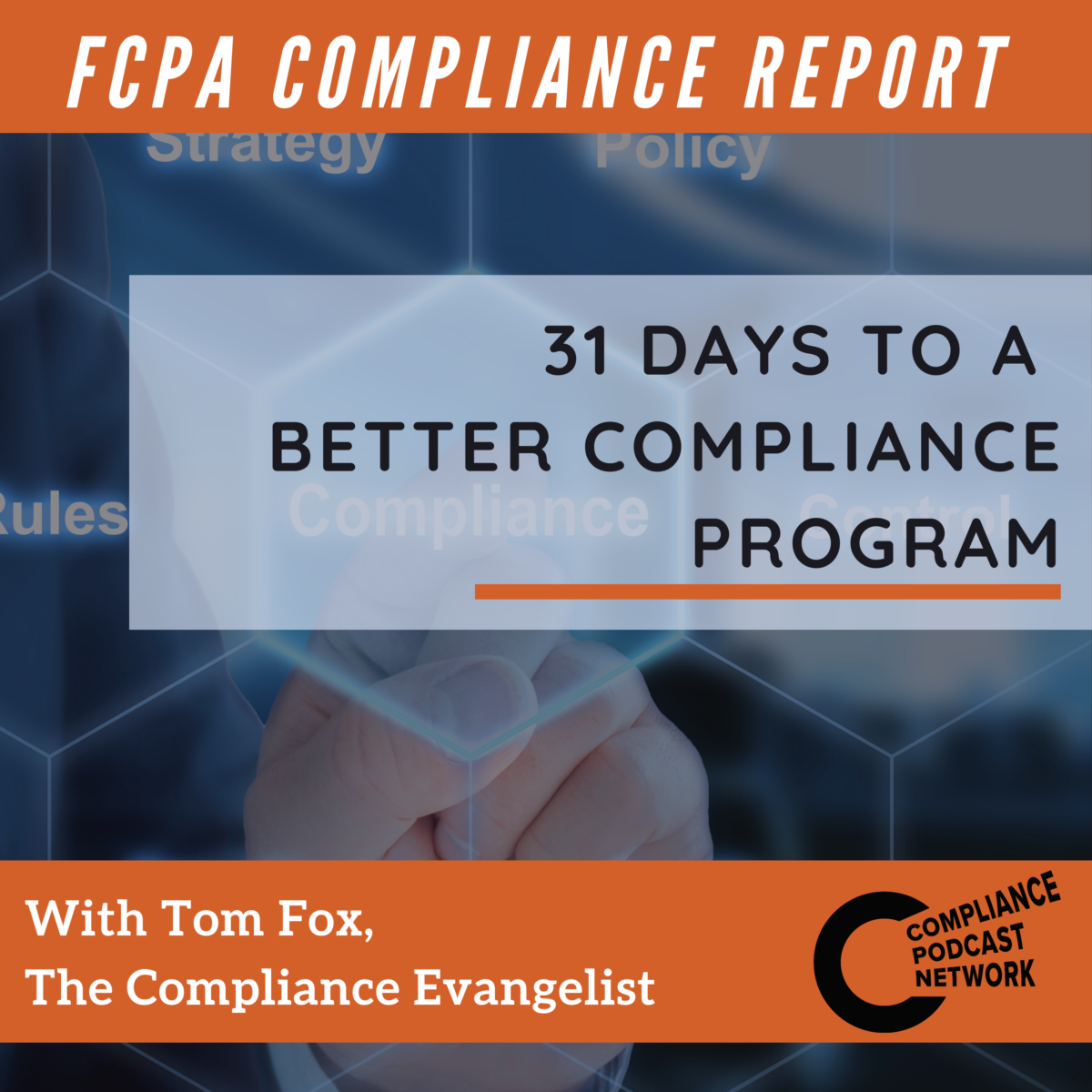In this episode, I consider what lessons might be learned from the presidency of Zachary Taylor the 12thPresident. Taylor only served 18 months, from 1849-1850. He died in office from over eating and drinking on the July 4thcelebration of 1850.
Taylor had a long career in the US Army prior to his election, during which time he successfully operated cotton plantations in Louisiana, Kentucky, and Mississippi. He was elected as a Whig, this despite refusing to commit himself to the party platform. He was the first President not to hold elective office. While Taylor is usually ranked in the bottom percentile of presidents, he is most generally described as more a forgettable president than a failed one. However, his biographer, John S. Eisenhower, argued he was the one man who could have hammered out a compromise on slavery that would have averted the civil war contemporaries. Finally, in the political realm, both Democrats and Whigs alike generally viewed his premature death as a national calamity.
What are some of the leadership lessons from the Presidency of Zachary Taylor.
1.Take a stand-One of the leadership lessons came from an inaction by Taylor. It began before he was even elected President, did not embrace the Whig political platform, or even declare himself a Whig until February of 1848 with the election only seven months away. He thought the President should stand above party politics, even to the extent of not taking a public stand and declaring himself as a Whig. Still, for leadership, the clear message is that sometimes you do have to take a stand.
2. You must be engaged-As a business leader, you must be engaged. Taylor’s military training influenced this thinking but that training and those instincts did not serve him as President. A philosophy of trying to be above the fray just does not always work. As a CEO, a senior executive, a Board of Director, you must be engaged in your business. It does not mean you have to get into the weeds of tactical decision making but you must set the proper tone and then oversee it going forward.
3. Succession Planning-in the case of Taylor, we have that failure from a President who died in office, some 18 months into his presidency. Taylor and his Vice President, Millard Fillmore, did not even meet in person until only a week or two before the inauguration, so there was no time to build any sort of personal relationship. This lack of engagement with Fillmore, if not to consult, at least air out his thoughts and let him know which way he was thinking about issues, was a critical failure.
4. Conflicts of Interest-As a leader, you must be attuned to and stop conflicts of interest by your senior management. There was never any allegation that Taylor was personally corrupt. However, during the later days of his administration there was the Galphin affair. Before joining the Taylor cabinet, the Secretary of War, George W. Crawford, had served as a lawyer and had been involved in a 15-year lawsuit. During Taylor’s term and to his great embarrassment, he was paid nearly $100,000 to the President’s Secretary of War for his fee as counsel. The terms of the settlement meant that two Cabinet members had effectively offered a huge amount from the US treasury to a third member of the Cabinet. This was a huge scandal at the time.
A word on Taylor’s death. It seems that during the 1850 4th of July celebrations, Taylor consumed a large number of cherries, ice cream and milk. He subsequently came down with a severe stomach ache, which turned into something called cholera morbus. There is still a considerable debate over whether the doctors actually killed him with their treatment or whether he died from the intestinal ailment. Oddly enough, many of his cabinet members came down with very similar symptoms, so it seems most likely it was due to the sanitation in Washington DC at the time.







